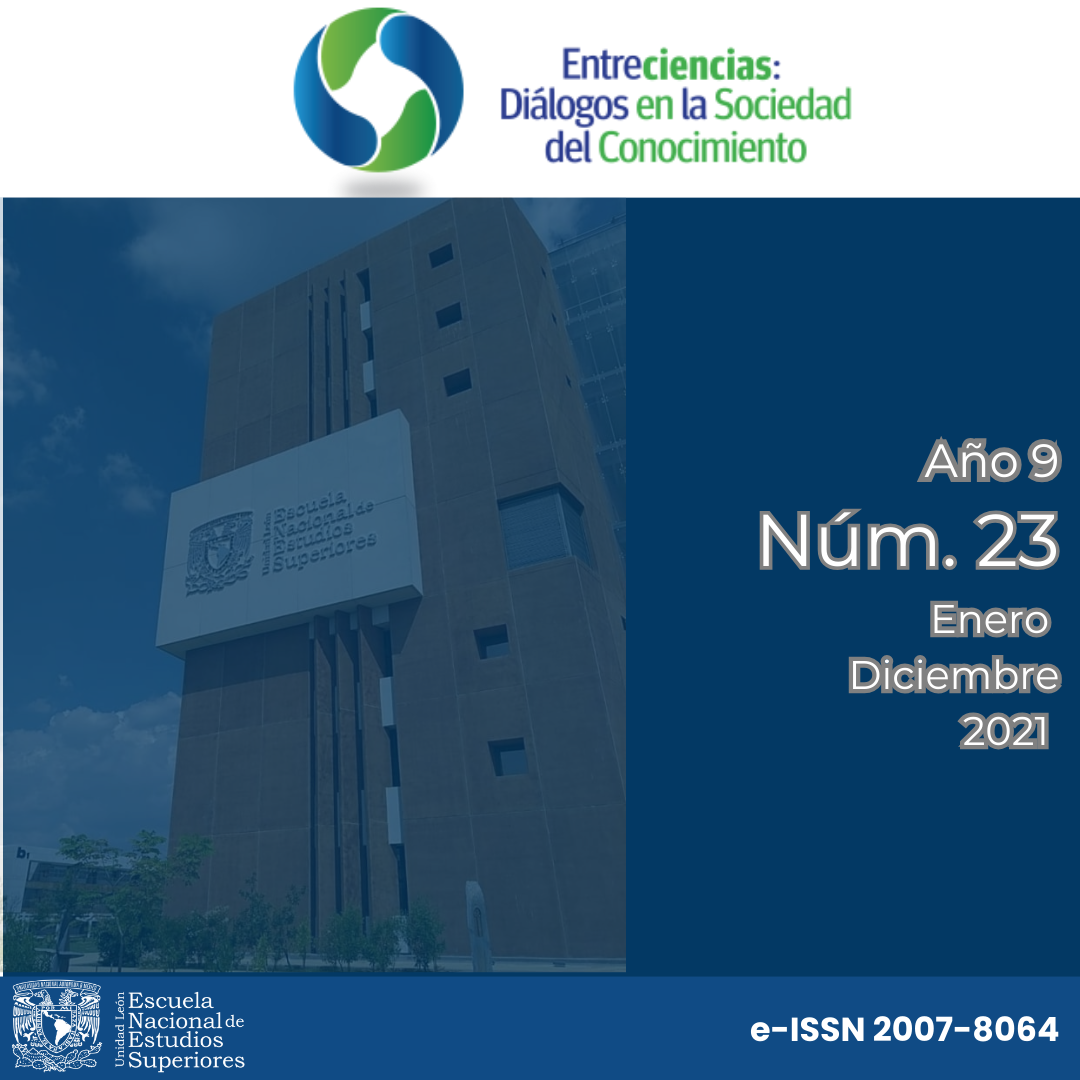The Perception of Space in Virtual Reality, Correlation Between Affordances and Spatial Presence
Main Article Content
Abstract
Purpose: To explore the correlation between two concepts in the study of embodied perception in Virtual Reality (VR): affordances and spatial presence.
Methodological design: It involved the review of literature on spatial presence and affordances in the fields of phenomenology and cognitive neuroscience, and an experiment with 30 participants using the Spatial Presence Experience Scale (SPES) proposed by Hartmann et al. (2016). Each participant tested 5 VR simulations and answered 5 questionnaires based on the SPES. This study proposes a model for the classification of types and subtypes of affordances in virtual reality.
Results: The comparison of means between scores showed a positive correlation between possibilities for action and intensity of spatial presence. Data suggests motor affordances (navigational, goal-oriented and handle grasp types) intensify spatial presence. Frequency of videogame use was found unrelated to the intensity of spatial presence, but it showed an increase in user’s dexterity and the ease of perceiving affordance in virtual environments.
Research limitations: The scope of this research is limited to describing the correlation between affordances and intensity of spatial presence in VR.
Findings: These confirmed the hypothesis: more possibility types of affordances in VR result in a higher intensity of spatial presence.
Downloads
Article Details

Entreciencias: Diálogos en la Sociedad del Conocimiento recognizes and respects the moral rights of authors as well as ownership rights transferred in non-exclusivity to the journal for its open access dissemination and its preservation. Hence, authors who publish in this journal accept the following conditions:
- Entreciencias: Diálogos en la Sociedad del Conocimiento from Universidad Nacional Autónoma de México is distributed under a Licencia Creative Commons Atribución-NoComercial-SinDerivar 4.0 Internacional, which allows the information and metadata to be used without commercial ends as long as proper citation is utilized.
Authors will have the right to non-exclusively distribute the contribution made to Entreciencias: Diálogos en la Sociedad del Conocimiento. That is, they will be able to include it in an institutional repository or disseminate it in other digital or printed media as long as it is explicitly stated that it was first published in Entreciencias: Diálogos en la Sociedad del Conocimiento. The following information must additionally be included: author, year, volume, page numbers, electronic paging, and DOI.
Authors, whose publications have been accepted, will have to send the Letter of Copyright Transfer in the corresponding format, filled out and signed by the author or authors.
